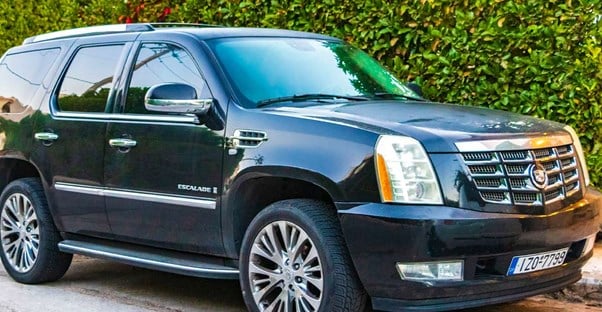1909 Ford Model T
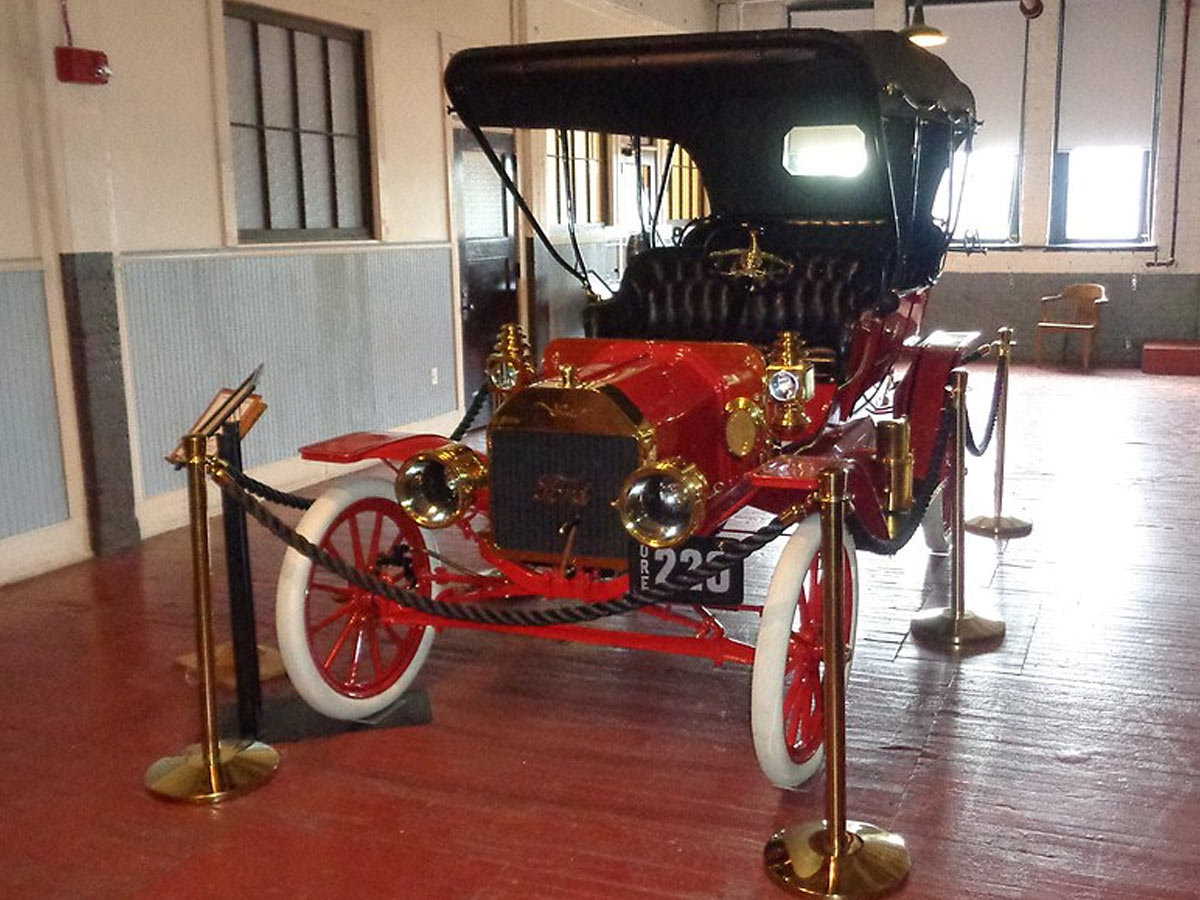
Let’s take it back to the beginning of automobile history for this one. The Ford Model T certainly put America on wheels and helped the nation’s economy, but it wasn’t very reliable. The Model T was basically a shiny, fancy hunk of junk. The blacksmithed body, air emissions, and poorly crafted controls made Ford quickly think about a new model.
Still, the model T was one of the most successful models of its time because of its low cost and because it was incredibly innovative for its time. The Model T's engine was a four-cylinder that could generate 20hp and had a top speed of 40 mph. Sure, in 1909 it was reliable but there were plenty of improvements to be made because the vehicle was pretty difficult to drive.
2018 Alfa Romeo Giulia
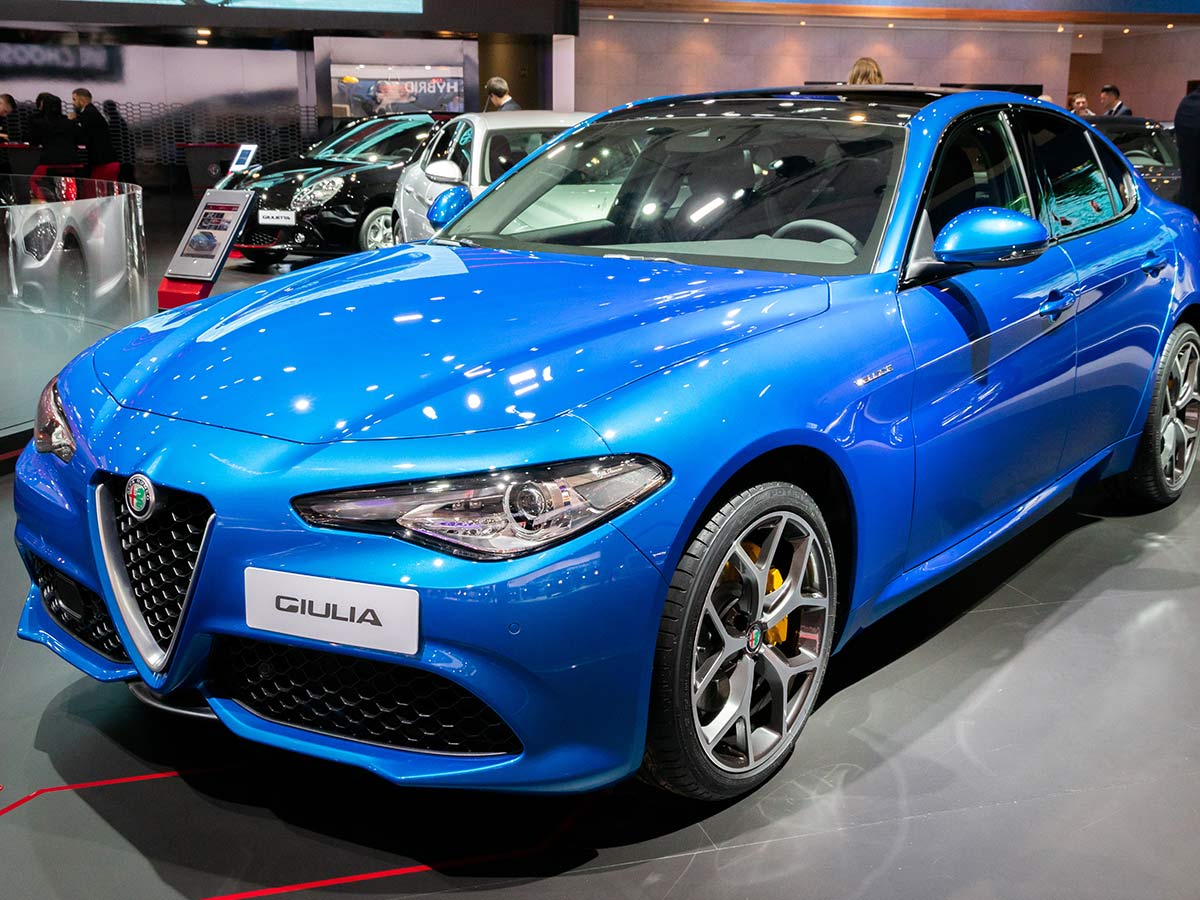
The Alfa is a sharp sports sedan that handles corners like a dream, but there are other aspects that can be a nightmare. They’re famous for having problems with no identifiable causes, which can lock the car in standard settings (instead of the speed settings).
The 2018 Alfa Romeo Giulia has had a number of problems in terms of reliability. For example, there were issues with the fuel gauge being inaccurate and brake fluid leaks and contamination. Models equipped with a 2.0L engine had overheating issues that were a problem for drivers.
2018 Kia Cadenza
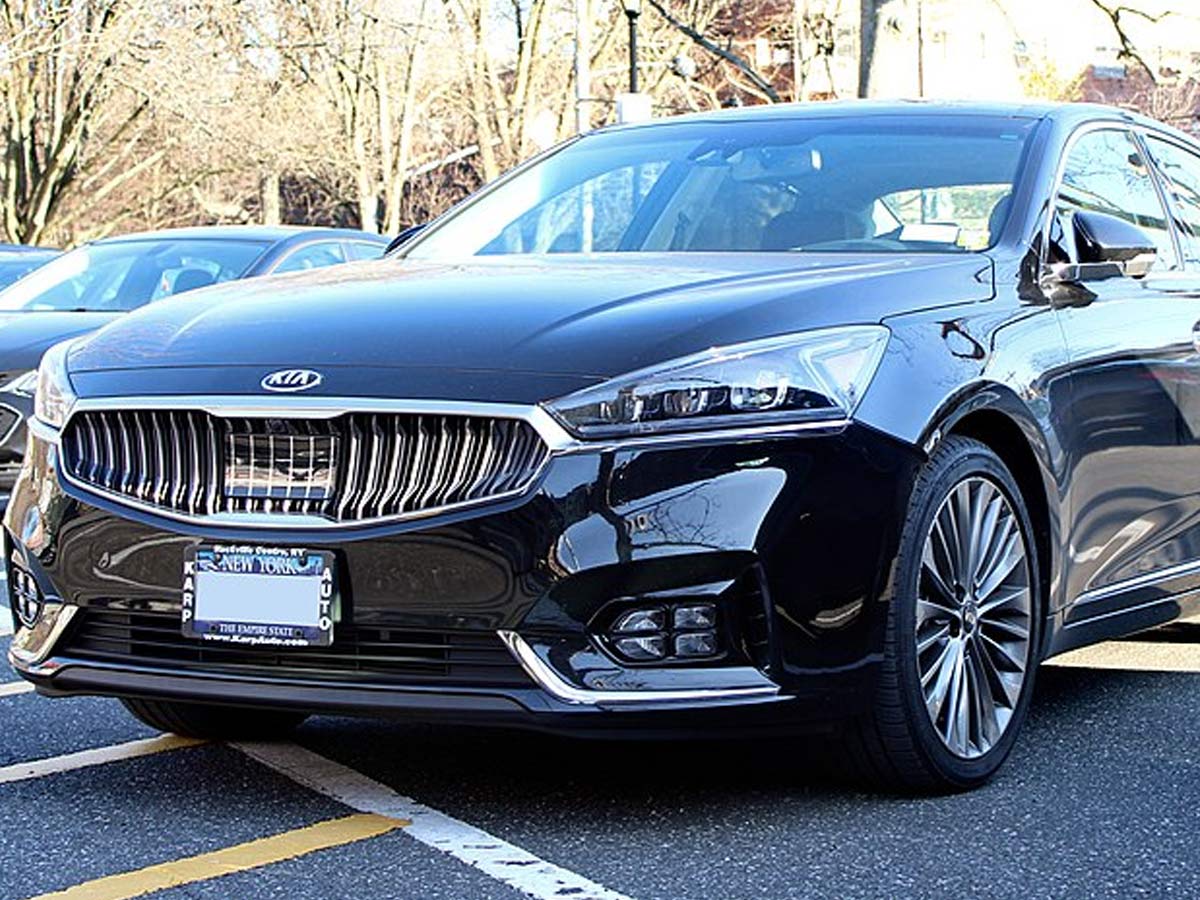
No one expected this car to be on the list because its predicted reliability rating was a four out of five, according to Consumer Reports. However, this smooth-riding car had issues with engine cooling, the fuel system, and the climate system.
The 2018 Kia Cadenza was certainly affordable and it had no recalls, which are certainly things that went well for it but it had its problems. in addition to the issues mentioned above, rear visibility was almost non-existent and visibility with headlights was also low on select trims.
1970 Ford Pinto

The Pinto might be the most famous failure on this list. It wasn’t the worst car in the world to drive, but it had some pretty terrible features. The Pinto had a tendency to burst into flames after getting rear-ended, which resulted in $50 million paid out to victims of the car’s deadly design.
The dangerous nature of the Ford Pinto has made it a vehicle of legend. The placement of the fuel tank made the vehicle a death trap if it ever got into an accident. Ford designed the car with consideration of cost-effectiveness but completely disregarded the potential loss of human lives. Ford eventually announced a recall but one that was voluntary.
1958 Lotus Elite

Fiberglass was all the rage before carbon fiber because it was tough, light, and affordable. The Lotus Elite was wrapped in fiberglass, which made it a great race car. Unfortunately, the fiberglass didn’t age well, damage from crashes was hard to repair, and the suspension mounts were known to break through the body of the car.
The 1958 Lotus Elite was made with racing in mind. The reduced vehicle weight meant greater speed and maneuverability. It could achieve 75 horsepower and had a 35 mpg fuel economy. But ultimately, the needed repairs made the car more trouble than it was worth.
1961 Amphicar
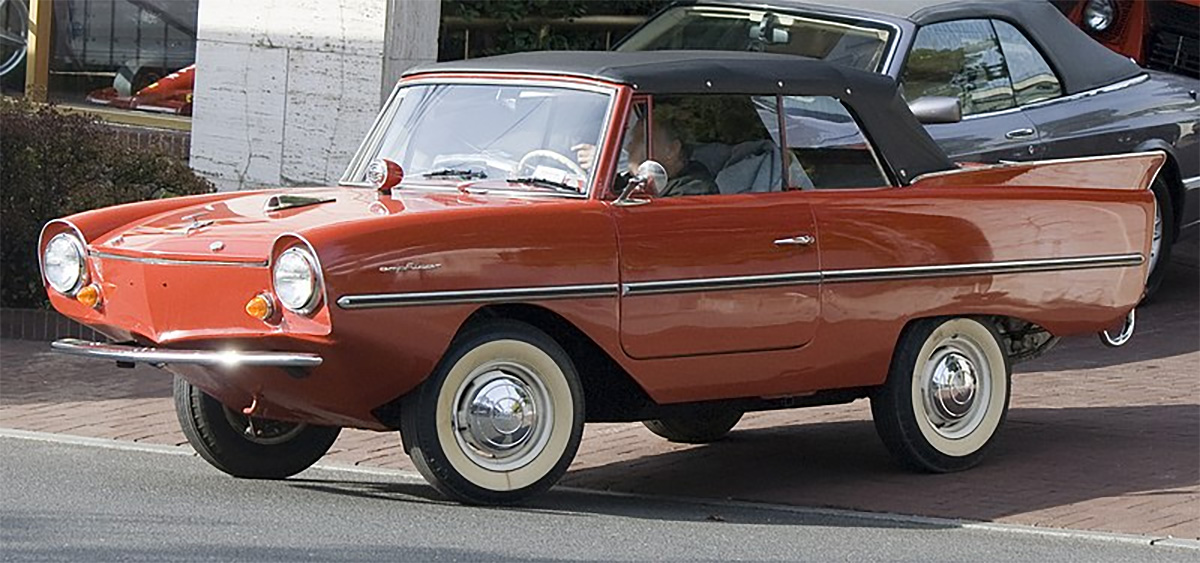
Do you remember this attempt at a car-boat hybrid? The Amphicar was a pretty terrible car and boat, with one major flaw. The car wasn’t watertight! We can’t imagine going out for a scenic drive on the lake and getting waterlogged. If the bilge pump failed to keep water levels down, the car would quickly sink.
The 1961 Amphicar was manufactured in West Germany produced until 1968. At the time, the engine's vehicle was considered state of the art, achieving 7 knots by water and 70mph on land. And while everything sounded great on paper, the reality of it was far from great.
1981 DeLorean DMC-12

This is going to hurt Back to the Future fans, but the DeLorean is a pretty bad car that was better off as a time machine. The DMC was the one and only model that the DeLorean Motor Company made—and it was an incredible failure. It was slow and overpriced for its performance, build-quality was laughable, and it was extremely unreliable.
The DMC DeLorean had a lot of hype surrounding it and many people even overpaid for it. The performance issues made the DeLorean lacking as a sportscar, and in that way, it was false advertising. One fatal flaw in terms of reliability involved a design flaw with front suspension that could actually cause the wheels to fall off.
2018 Cadillac Escalade

Other than the safety recall for the seat belts being subpar, the luxury Cadillac Escalade is a fancy lemon. The in-car electronics were shoddy and hard to work, the climate system isn’t that great, and the transmission was unreliable at best.
Although the Escalade is one of the most iconic and expensive luxury SUVs, you don't always get what you pay for. The 2018 escalade had a particularly serious issue with the hydraulic brakes that decrease the functioning of the vehicles power assist. This required more effort and stopping distance on the part of the driver.
2018 Tesla Model S

While Tesla produces some of the safest cars on the road, they are by no means the most reliable. According to Business Insider, more than 18,000 car owners identified the Tesla Model S as the least reliable car out of 159 other models. The most common issues include the electrical system malfunctioning, delicate structures that lead to broken parts and dents, bad brakes, and an unreliable battery.
The Tesla Model S also had a problem with vehicles equipped with a NVIDIA Tegra 3 processor and an 8GB eMMC NAND flash memory device. After it went out, the eMMC controller would fail leading to the loss of the rearview camera display, defogging settings, and turn signaling.
1970 AMC Gremlin

The Gremlin was a horrible redesign of the AMC Hornet, and the car’s performance suffered just as much as its looks. The handling was terrible because the rear end was so short that there was a loss of suspension travel. It rusted easily, guzzled fuel, and had bad emissions control equipment.
The 1970 AMC Gremlin was introduced in 1970 and was only in production until 1978. Since it came out, it has been one of the most talked-about cars in history. of course, its reputation isn't great and that's in part because it was so cheaply made.
1975 AMC Pacer
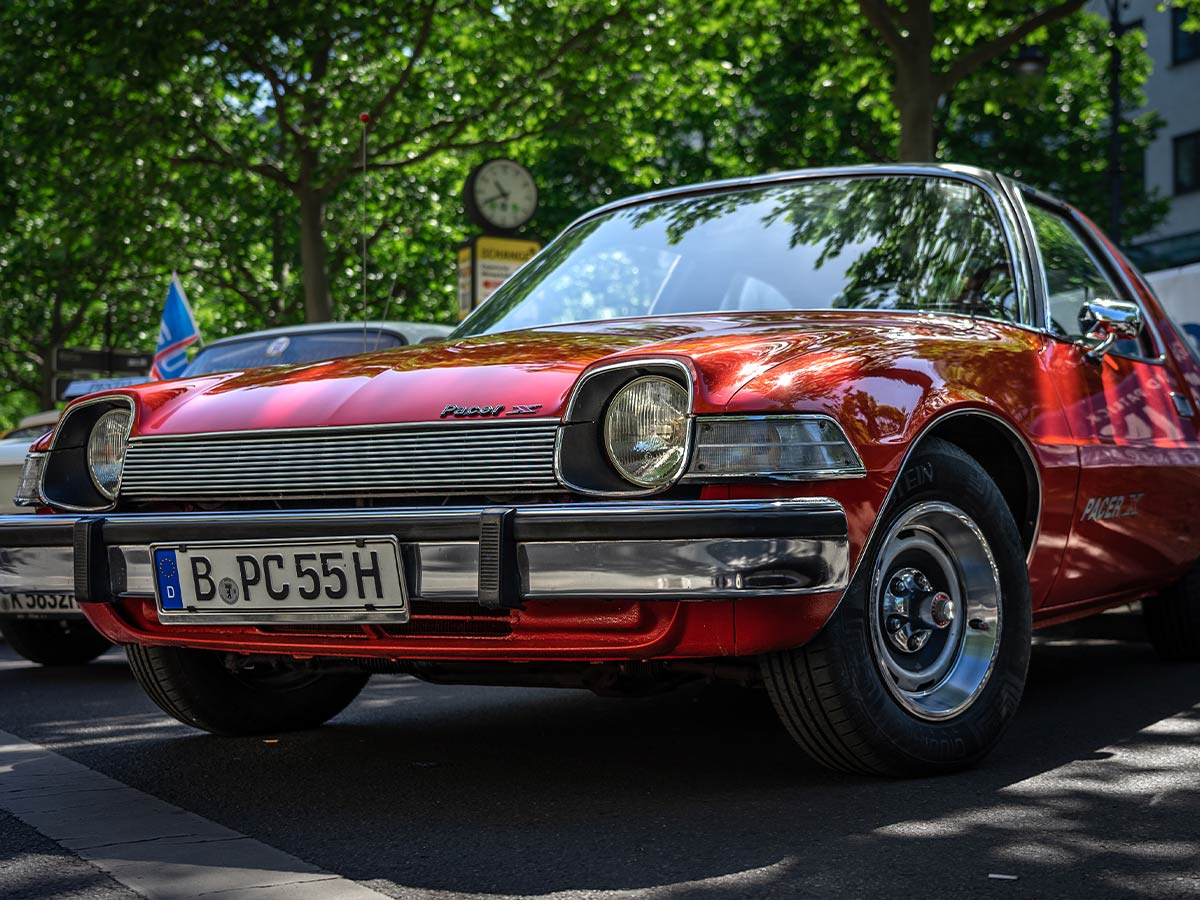
Just like AMC’s Gremlin, the AMC Pacer was famously ugly and unreliable. It looked like a fishbowl with asymmetrical doors. Other than being straight-up hideous, this car rusted quickly and used more gas than a car twice its size. Metal parts (like door handles) broke off easily, shoddy brakes, and water pump problems.
The AMC Pacer was a two-door compact that was only in production until 1979. It had a wide body and an unusually rounded shape for its time. In its first year, 145,528 units were sold, but those numbers dwindled clearly when people started realizing how unreliable the vehicles were.
1970 Bond Bug Three-Wheeler
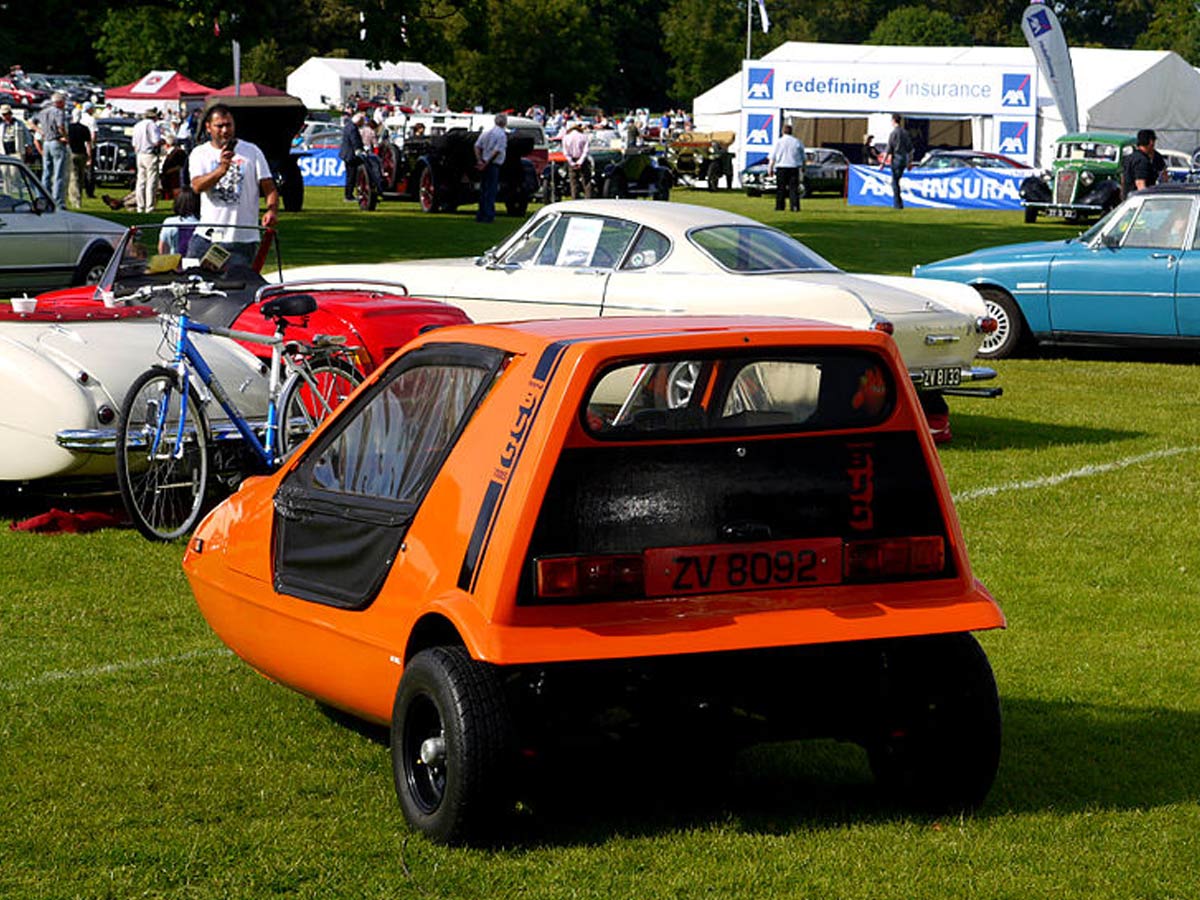
This car retains notoriety and is a novelty collectible for its strange looks. However, many people quickly found out how dangerous this car could be thanks to the unique three-wheel design. The Bond Bug had a terrible tendency to roll over if you took a turn too hard, braked too suddenly, and even coughed too much.
There's a reason that cars typically have four wheels and this car shows just why. It also looked completely ridiculous - like a go-kart. One interesting fact though is that Luke Skywalker's landspeeder from Star Wars was built on the chassis of a Bond Bug and the wheels were hidden by mirrors.
2014 Mercedes-Benz CLA
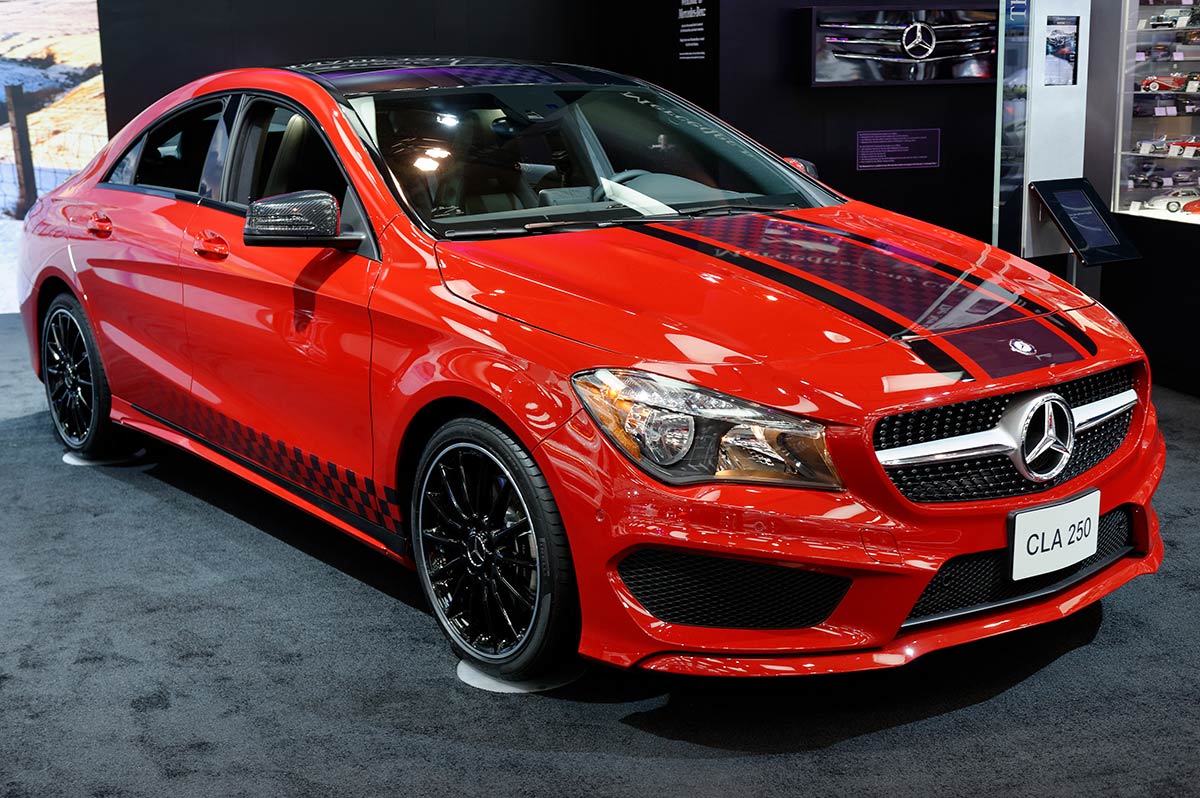
Consumer Reports 2014 Annual Auto Reliability Survey revealed that the CLA is the worst Mercedes on the market and is also 140% worse than your average car. For a car with a $35,000 price tag, that’s ridiculous. Other than being noisy, cramped, and having bad blind spots, this car suffers from electrical and engine issues.
The 2014 Mercedes-Benz CLA was a brand-new model in the year it came out, so it's always a given that there's room for improvement. But, when it came to this car, room for improvement was an understatement. The emergency call system would malfunction rendering it useless, and airbags would inadvertently deploy as well.
1980 Chevrolet Citation
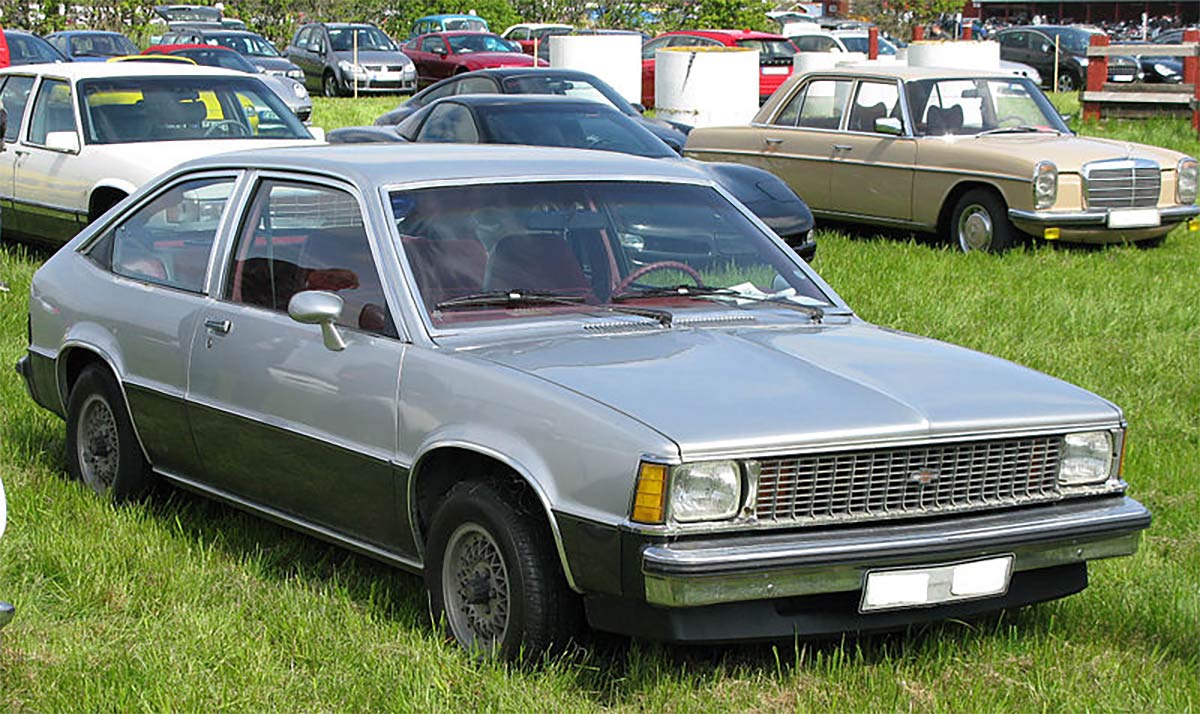
The Chevy Citation had amazing sales its first year on the market, and supply couldn’t keep up with demand. Then, the sales quickly plummeted as people realized what they were really getting in this car. There were dangerous issues with power steering, losing control while braking, and bad fuel lines. Now, it’s the most recalled vehicle ever.
The Citation rear wheels would lock if too much force was applied to the brakes suddenly. This caused the car to skid, which would lead to accidents - sometimes even fatal ones. this gave the Chevy Citation a bad reputation.
1990 Ford Explorer

The 1990 Explorer was so bad that it earned itself an unfortunate nickname: The Exploder. Early models came with Firestone tires that had a habit of blowing out at highway speeds. The tall frame on the vehicle also led to many fatal rollover crashes. We’d recommend picking a different car for your next road trip.
Of course, one bad year wasn't enough to tarnish its reputation for good. Ford simply learned from its mistakes and improved the Explorer year after year. While some years have been a hit-and-miss, the Ford Explorer has, nevertheless, remained one of the most popular SUVs on the market.
1968 Subaru 360
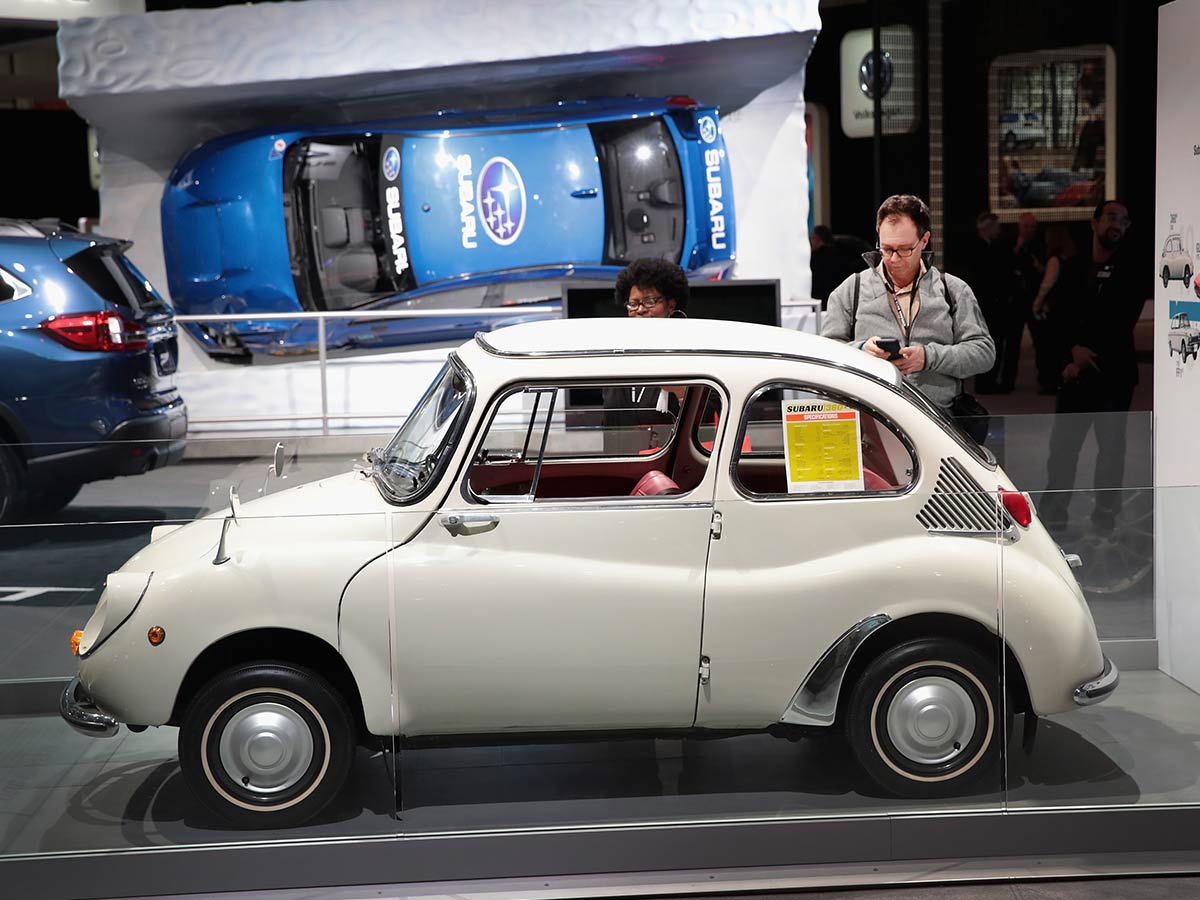
Subaru is a company known for safe, reliable cars even if the designs are always very similar (and boring). However, the company hadn’t yet earned this reputation back in its early days. The Subaru 360 handled horribly, the back wheels tended to curl up under the car, and it had one of the worst braking systems of all time.
The rear-engine, two-door 360 had been manufactured since 1958 but even in 1968, it was exceedingly impractical. It took the car over 37 seconds to travel from 0 to 50 mph. The vehicle's two-cylinder engine couldn't even reach speeds of 60 mph.
1974 Jaguar XK-E V12 Series III
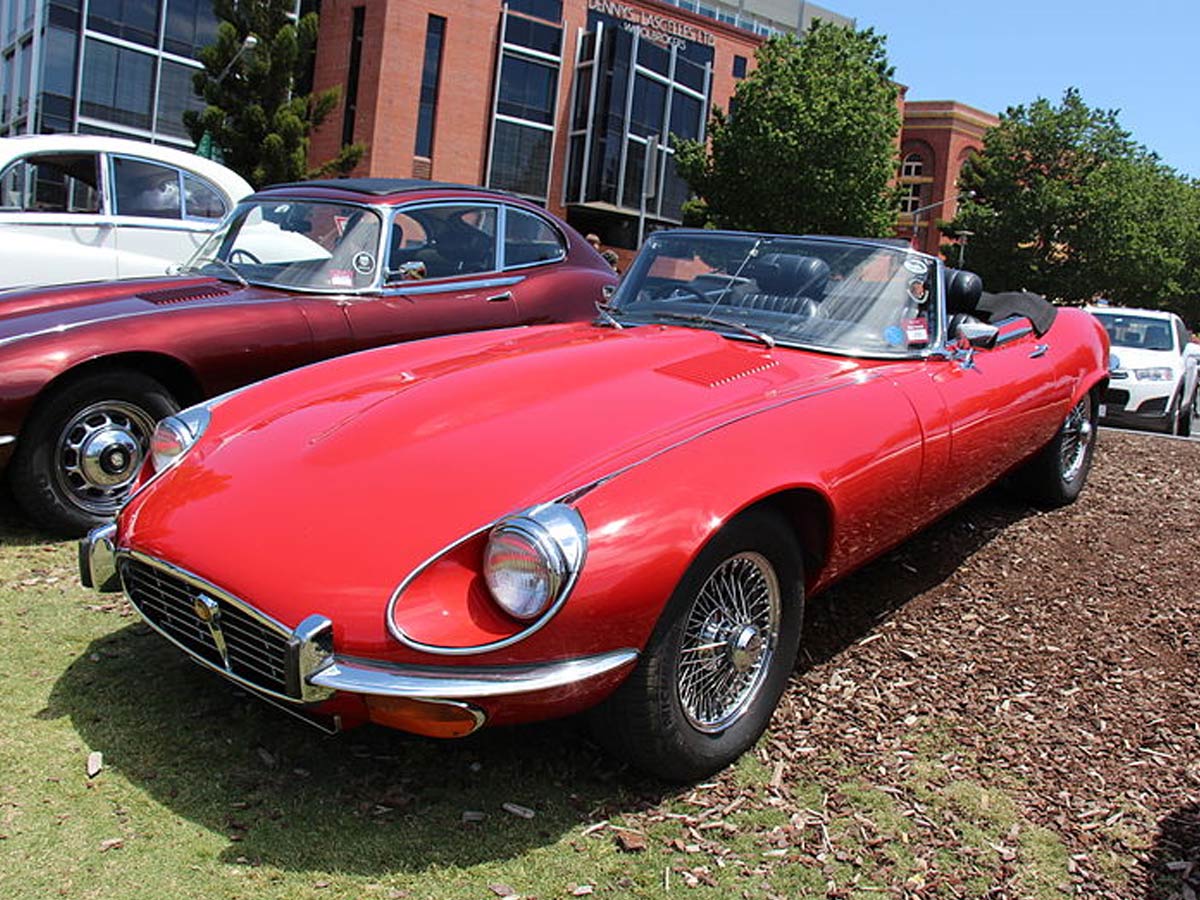
This model was a poor recreation of the beloved ‘61 E-Type. It angered fans of the previous 1961 model because it was now top-heavy, ugly, and no fun to drive. Jaguar decided to discontinue the reliable 4.2-liter for a 5.3-liter V12, making the car impossible to keep in tune.
The goal was to reduce vehicle emissions, but the result was a noisy engine that was unreliable. It also featured rubber bumpers that many people found to be hideous as well.
1980 Ford Fiesta
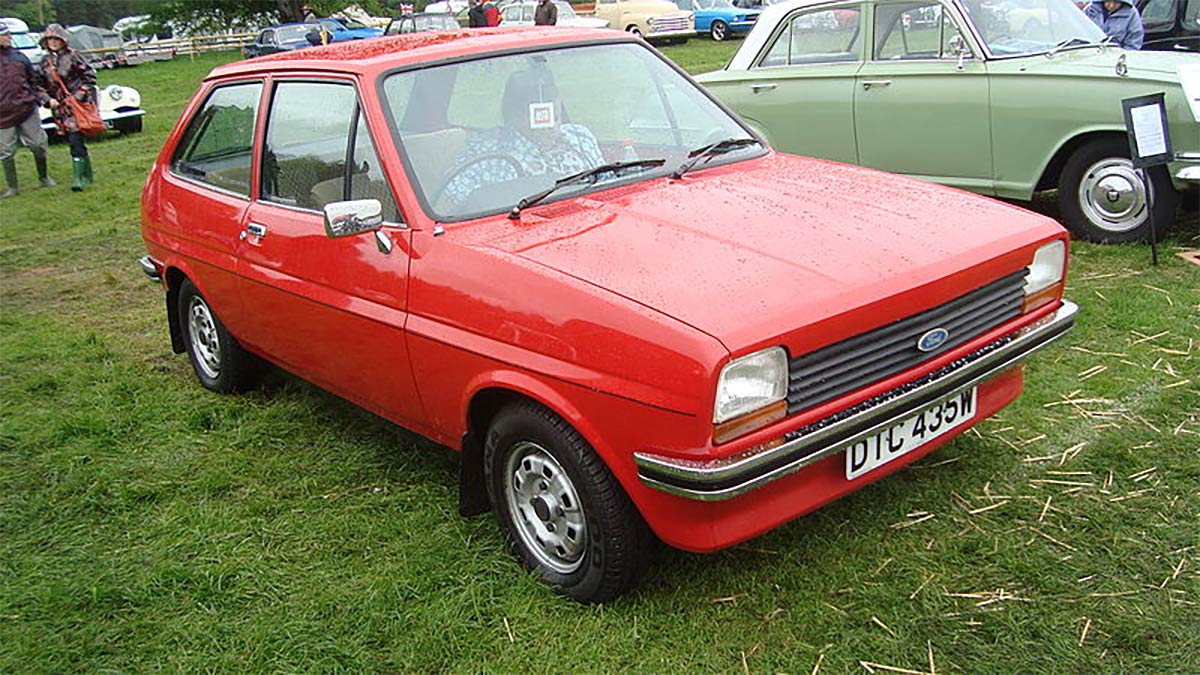
This car was meant to be an ideal family car, but it ended up being one of the most unsafe lemons of all time. Some of the more famous problems include the car’s tendency to lose power on freeways, suddenly lurch forward at a complete stop, and have horribly flawed transmissions. In fact, Ford is facing a $4 billion lawsuit for selling the cars (which they knew were unsafe.)
The first-generation 1980 Ford Fiesta was also one of the most unattractive vehicles of its time, and to make matters worse, it was slow. Its 1.6-liter engine generated 54 horsepower. It was designed to compete with European hatchbacks and was to be sold there. However, Ford ended up deciding to sell it in the United States instead.
1986 Yugo GV
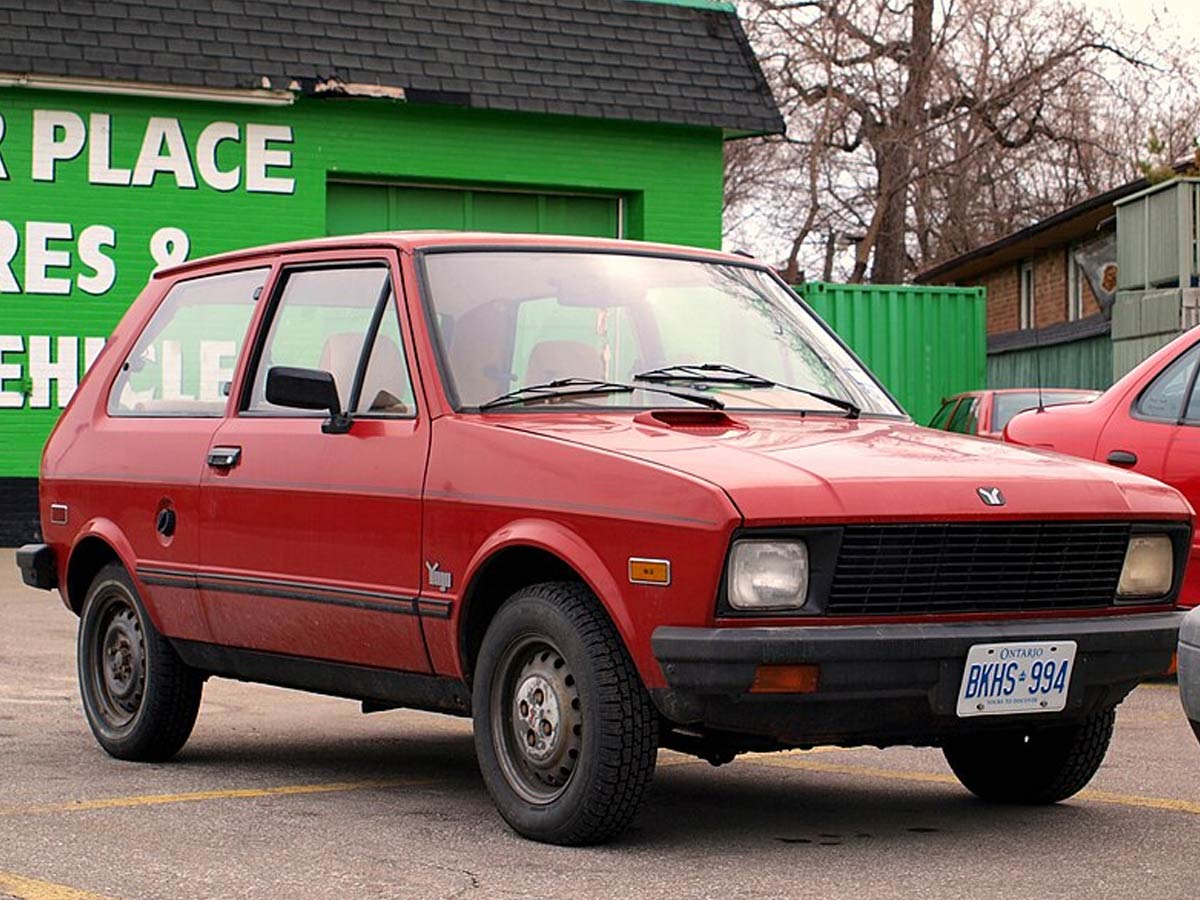
The Yugo was meant to be the cheapest car for sale in the United States when it was brought over by Malcolm Bricklin, the same man who brought us Subaru. Other than being incredibly slow, with a horsepower of 55, the Yugo also shares engine space with the spare tire (and the tire is bigger.) The ride is harsh, the steering is poor, and it’s to be expected with a $3,990 price tag.
1985 Yugo GV was built in Yugoslavia. The bare-bones car had carpeting listed as a standard feature but it also had a rear-window defroster. Unfortunately, the car had a lot of trouble staying together and parts would even fall off – so not the safest driving experience.
2002 Hummer H2
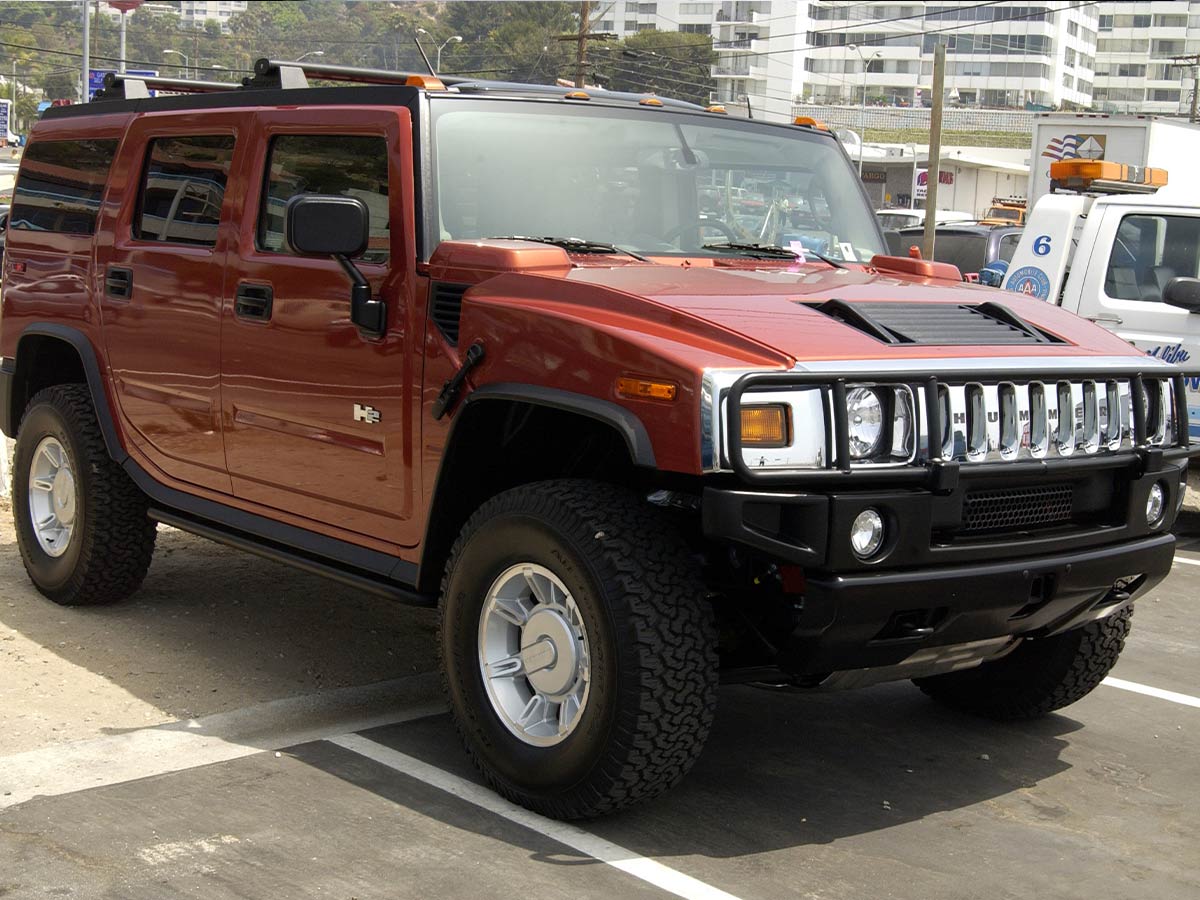
The Hummer H2 was meant to be an affordable daily-driver version of the H1’s military-grade style and offroad capabilities. The H2 turned out to be a pathetic imitation that was a gas-guzzling monster. While it was marketed as an extreme offroad vehicle, it wasn’t that great for actually leaving the road. The quality is absolute garbage, it’s slow, and brakes are a joke.
The H2's poor fuel economy made it incredibly impractical. While it may have been a fun drive for a certain Hollywood action star, most people can't afford all that gas to fill it up. Fuel economy estimates were at 10mpg. That means you needed to fill it up often to keep it going.
1980 Ferrari Mondial 8
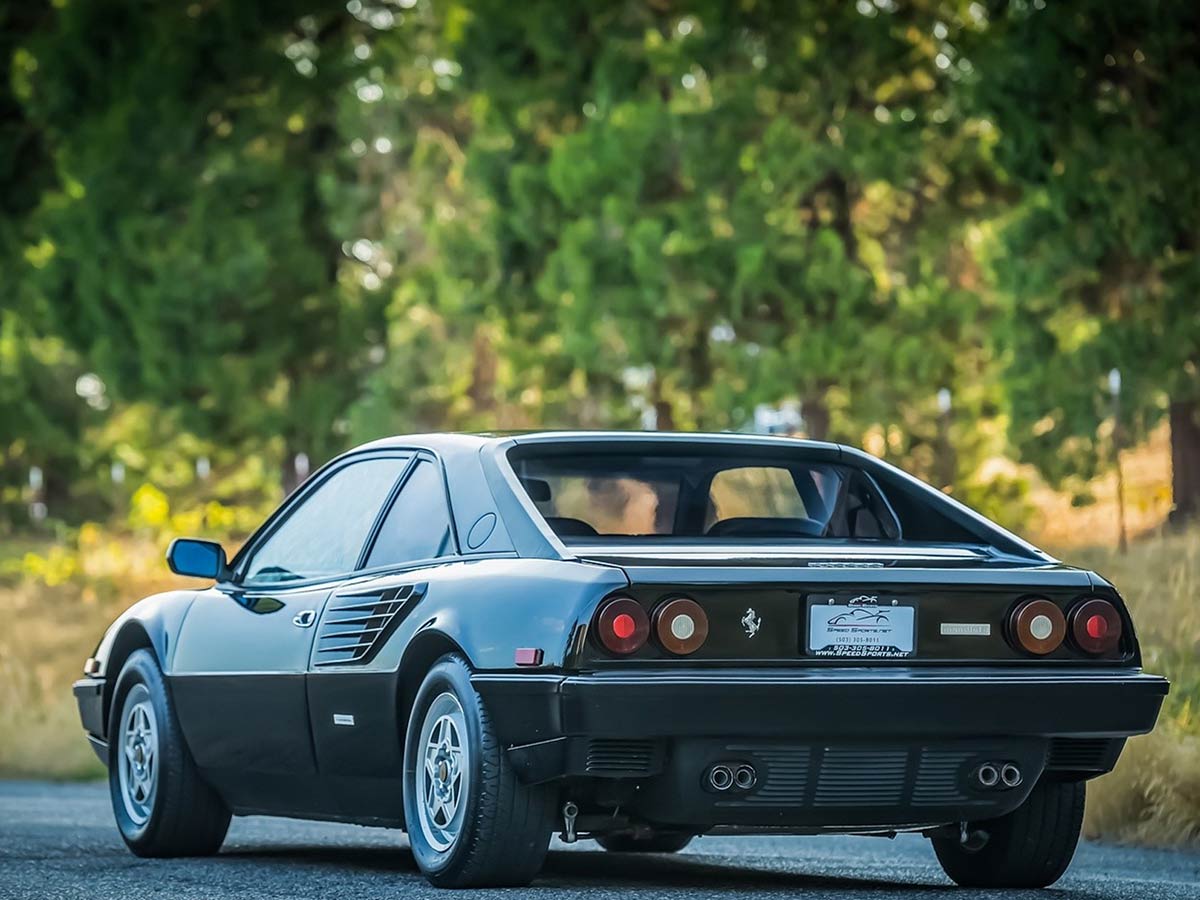
When you think of Ferrari, you would usually picture a beautiful sports car that zips around with ease. The Ferrari Mondial 8 was nothing like that. It was cherry red and was the slowest Ferrari. The Bosch injection system was complicated and prone to problems, and it also had a very faulty gearbox. Save your money and buy a decent sports car instead of this hunk of junk.
A car as expensive as the 1980 Ferrari Mondial 8 should have been a lot more reliable than it was. It had an imbalanced power-to-weight ratio, and unreliable electrical parts. The cars need to be checked out regularly, particularly the electric windows and air conditioning.
1982 Chevrolet Camaro
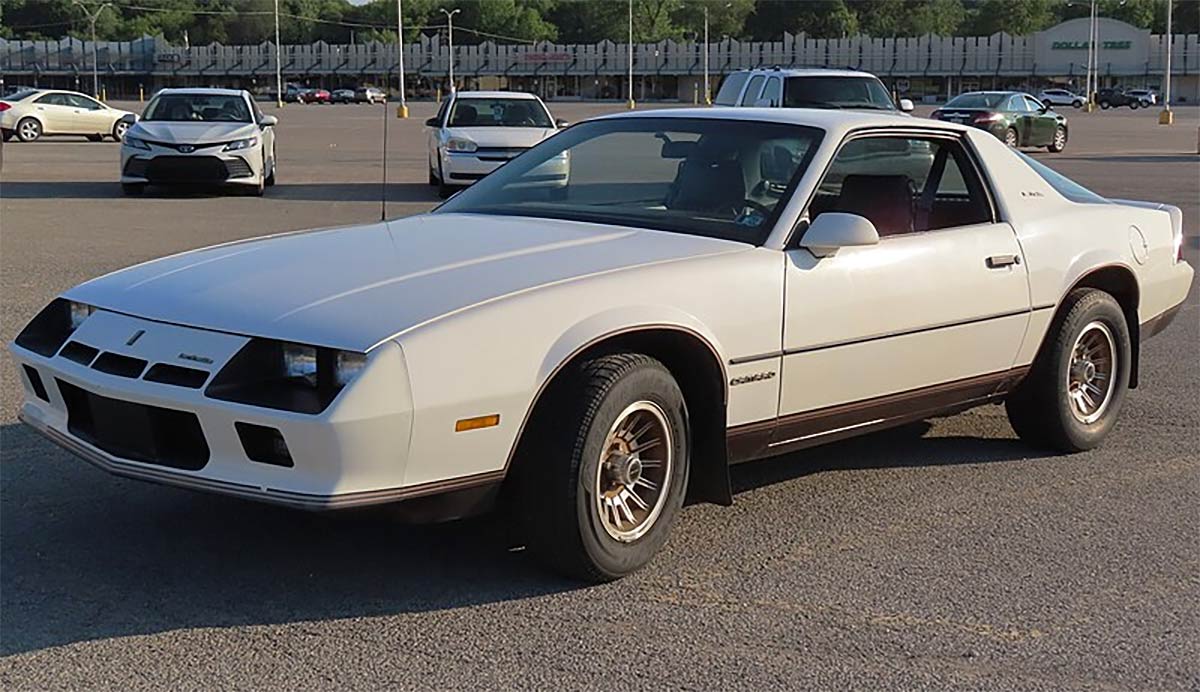
The car was sharp and came from a long line of amazing and fun models. While the outside was gorgeous, the engine was horrifying. The horsepower was lacking, had poor shifting quality, and had a low-tech three-speed slushbox. The Iron Duke engine was dropped in 1986, making room for Chevy to make decent Camaros again.
The 1982 Chevrolet Camaro was released in December 1981. it was the first year Chevy introduced a hatchback body style for it. About 12 percent of consumers took the four-cylinder model, while 37 percent chose the V6 and 51 percent picked the V8.
2015 Mitsubishi Mirage
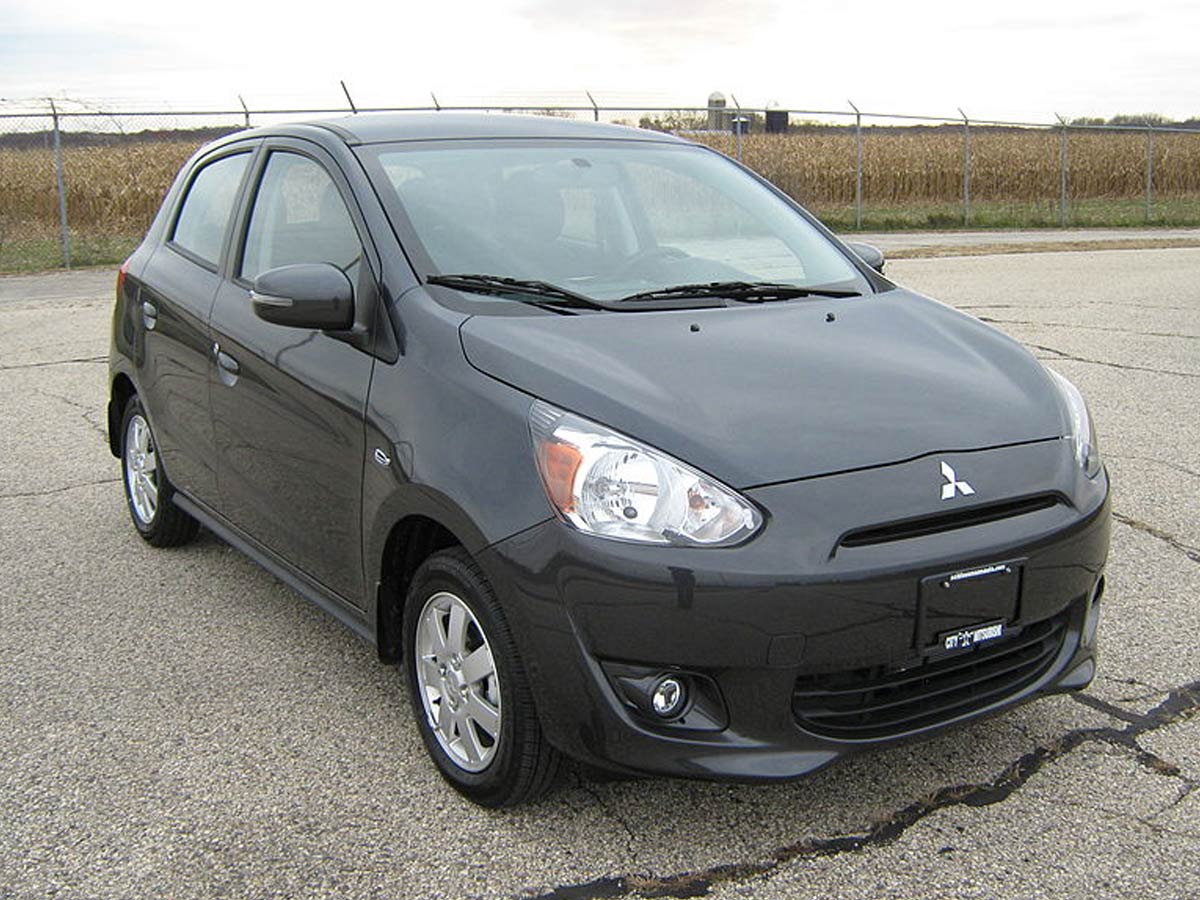
The sixth-generation Mitsubishi Mirage underwent serious design changes, aimed at making it more aerodynamic and lightweight, but it was a spectacular failure. The handling was a joke, brakes were unreliable and dangerous, and has bad door hinges. Maybe there wasn’t something so bad with the previous design, after all.
The Mirage's two major flaws led to recalls. One issue was that the internal acceleration sensor in the Supplemental Restraint System ECU could misinterpret vibrations sensor errors due to poor road conditions. Asa result, the airbags might fail to deploy in an actual crash. Another issue had to do with electrical wiring corrosion that could also prevent the airbags from deploying.
1960 Chevrolet Corvair
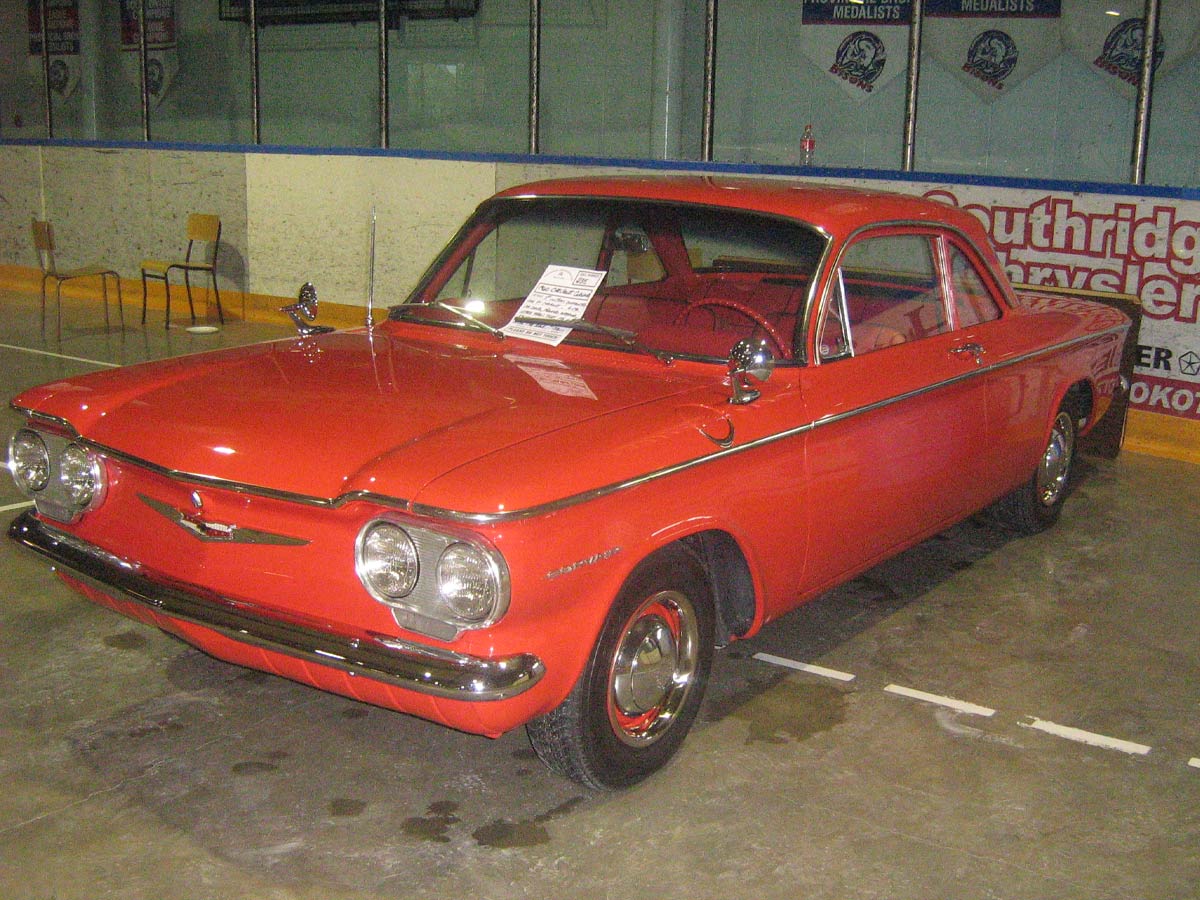
The Corvair was Chevy’s response to the VW Beetle, but it was a poor impression. The swing-axle independent rear suspension made the car way too easy to oversteer, which caused a lot of accidents. The suspension was so bad (and Chevy declined to fix it for a few years) that it led to the creation of the National Highway Traffic Safety Administration and mandatory safety testing in the United States.
The first-generation Corvairs were economy cars that had very few features. The vehicle's handling was also difficult for drivers to get accustomed to which Chevy attributed to the vehicle's rear engine. As a result, drivers were frequently rolling their vehicles to such an extent that Chevy added an anti-roll bar as an available feature.
1970 Chevrolet Vega
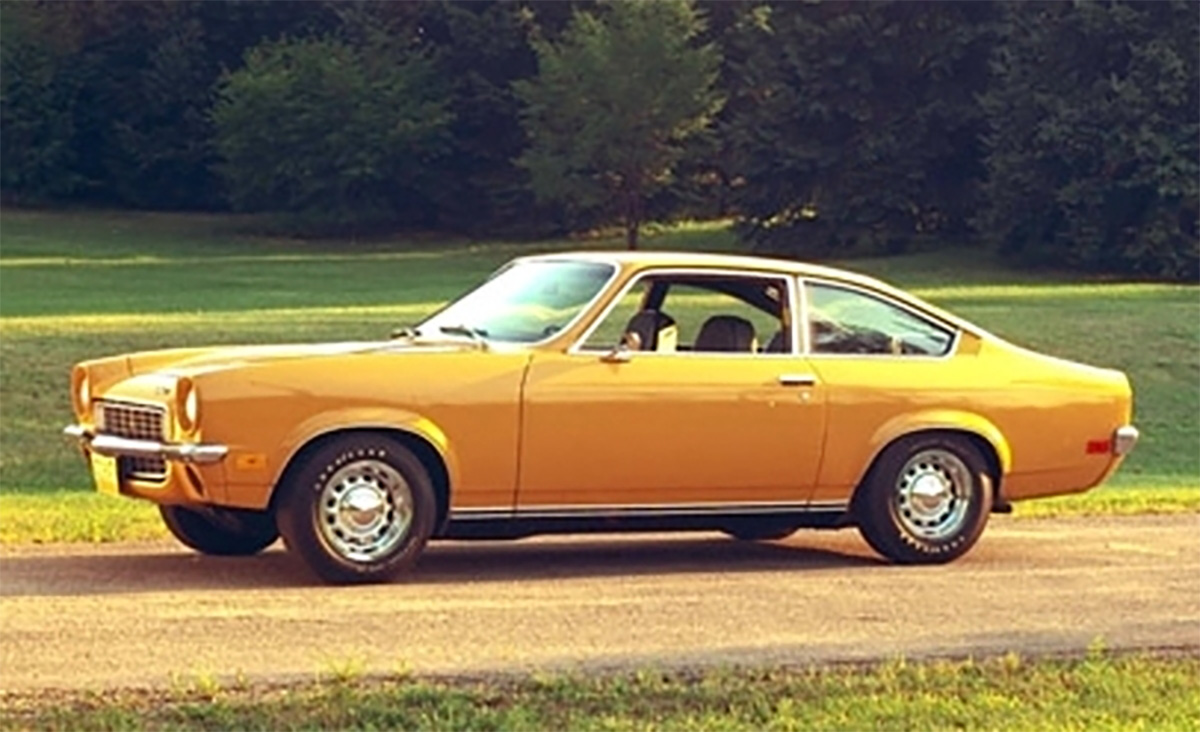
This car had everyone fooled at first—it was Motor Trend’s car of the year in 1971. However, everyone quickly learned how terrible the quality of the Vega was. Other than getting rusty very quickly, it was prone to premature engine failure. It constantly needed oil, valve stem seals were always cracking, overheating caused the aluminum block engine to warp, and engine fires were common.
The Chevrolet Vega was only sold from 1970 to 1977. Plagued with many problems, and the several recalls that were issued, the vehicle gained a negative reputation that made drivers want to stay away.
1987 Sterling 825

Sterling was a brand from Austin Rover Cars that was only sold in North America from 1987 to 1991. At the time, it was in collaboration with Honda of Japan. Of the models that were sold, the Sterling 825 was easily the least reliable. At this time, only a sedan body style was available. Late, they sold hatchback models.
Anyway, it didn't take long for people to realize how unreliable the car was. The electrical parts of the vehicle were cheap and the paint wouldn't stick, as if the people making the car had no idea what they were doing. On top of that, it was also incredibly vulnerable to rusting. Because they quickly lost money, the cars were discontinued from the North American market.
1981 Maserati Biturbo

The 1981 Maserati Biturbo was a short-lived family of cars from the Italian automaker Maserati from 1981 to 1994. The original one was a two-door coupe with a luxury interior and four seats. It also had a twin-turbo V6 engine that sadly only generated 185 horsepower.
But a lack of performance wasn't the only issue. The leather interior aged quickly for one, and there were plenty of reliability issues – leaking, burning, rupturing – you name it. But don't get us wrong, it was a decent car at the start – just completely unreliable.
1923 Chevrolet Series M

The 1923 Chevrolet Series M was made to be one of the world's first air-cooled automobiles. The engine was designed to be completely air-cooled rather than using liquid. It featured individual cylinders that were fitted with copper fins. While it seemed like a good idea at the time, it's ultimately what made the vehicle so unreliable.
Only about 500 of the cars were made and put on the market - pretty much all of them ended up getting recalled. An additional 259 were destroyed in the factories. The engines cooled unevenly and often lost power in hot weather. It was a mess and just didn't work at all.
1972 Lancia Beta

Introduced in 1972, the Lancia Beta was a vehicle manufactured from 1972 to 1984. While in the beginning, the vehicle was praised widely by experts and the public, in the long term the vehicle was not looked at as positively – as it didn't take people long to realize how unreliable it was.
It started getting a reputation for rusting, particularly early models. it was rumored that the vehicles were made of Soviet steel and this is believed to be the explanation for why the Lancia Beta would rust so easily. However, these rumors were never verified to be factual, and rather it was more likely that the manufacturer just wasn't taking the necessary precautions to rust-proof the vehicle.
1979 Oldsmobile Cutlass Supreme Diesel

Oldsmobile's attempts at diesel engines were utter disasters as they were often prone to failure. The Oldsmobile Cutlass was a popular car for three generations, but it really damaged its reputation in its fourth generation. it is widely considered to be one of the most dangerous cars ever made.
The Oldsmobile Cutlass Premium Diesel had two different engine options: a 5.7-liter and a 4.3-liter version. Both were terrible engines, but the 4.3-liter engine was downright dangerous. Any attempts to achieve 90 horsepower would likely result in an exploding engine.
2002 GEM

The 2002 GEM was basically a glorified golf cart. It was designed and built under a special set of low-speed vehicle rules, which is basically the only reason it was street-legal. This vehicle had a top speed of 25 mph, barely surpassing the minimum requirement and you could only operate it on roads with a speed limit of 35 mph.
The electric vehicle might have saved you money on gas, and the $6995 price point was certainly affordable – but at what cost? The vehicle wasn’t practical or reliable in the least. Performance was just awful and the car was certainly not aesthetically pleasing either, so it really had very little going for it.
1979 Mercedes-Benz 300SD

The 1979 Mercedes-Benz 300SD was the first turbocharged diesel sedan of its kind. The five-cylinder engine, however, generated only 110 horsepower. And that really wasn’t enough to haul the large, heavy vehicle around. Sure, the car is made of fine materials and fairly well-constructed, but that doesn’t really make up for the performance.
While it might work okay as a commuter car on the road today And most of these cars that are in great working condition now, really haven’t been driven that much for being over 40 years old. With that said, you could do a lot better for your money and the design of this alone isn’t even likely to impress anyone since it’s so dated.
1957 Renault Dauphine

The 1956 Renault Dauphine was the slowest piece of junk the mid-20th century had to offer. It featured a rear engine that generated just 32 horsepower. If you can't quite grasp how slow that is, imagine it taking you a full 32 seconds to catch up to speed on the freeway.
Did you die? Yes. At least you would today. The slow heap was cheaply made though, which made it appealing to drivers at the time. You could literally be a hazard on the road if you drove it. So, if you love vintage cars, don’t put this on the top of your wish list.
1954 Nash Metropolitan

1954 Nash Metropolitan was one of the most horridly designed vehicles of the 1950s. The vehicle was shoddily put together and the performance was terrible. When corning in this car, you might feel as though you were about to tip over, particularly around tight turns.
Fortunately, the underpowered 1.2-liter engine kept the vehicle slow enough to prevent that from happening. The economy/subcompact car was produced from 1954 to 1962. Many have referred to this vehicle as the smart car of the 1950s.
1976 Dodge Aspen

When driving around in an old car, rusty is pretty much the last word you want to be used top describe your car, and yet the Aspen was indeed a rusty piece of junk. These vehicles were prone to rusting and had a number of considerable flaws that led to several recalls.
Recalls for the Aspen involved fatigue failure in the support plates. There was another issue affecting the power brakes which could lead to a braking action delay. Then there was a recall to prevent secondary catch malfunction and another involving the accelerator pump. And these were just a few of the issues involved.
1982 Renault Fuego

The 1982 Renault Fuego was one of the most delicate coupes on the market, or rather fragile is perhaps the best word for it. It was a front-wheel-drive coupe that could literally burst into flames, which I guess is just what the name promises. However, typically its not a quality most drivers are looking for.
Like the Aspen, this vehicle was prone to rusting. Fires started by this vehicle had to do with electrical problems. The vehicle was also recalled for issues with the steering wheel. It could literally come off in the driver’s hands. Yeah, that bad.
1974 Reliant Robin

The 1974 Reliant Robin is an unstable three-wheeled vehicle that was a complete disaster in terms of reliability. It was made of plastic, sporting a plastic body, which also made it incredibly unstable. The vehicle could be easily turned over under the right circumstances.
However, thanks to a 750cc engine, this was not a huge concern because the vehicle was too underpowered as to be turned over too easily. The vehicle was manufactured between the years of 1973 to 1981. Different body styles of this vehicle were made including a hatchback and a van.
1917 Chevrolet Series D

If you bought a car with a V8 engine, you'd expect it to be a lot more powerful than one with a four-cylinder but that wasn't the case with the Chevy Series D. The V8 engine in the car actually produced less horsepower than Chevy's four-cylinder engine.
Generating just 36 horsepower, Chevy's first V8 was a big joke. It was such an enormous fail, in fact, that they wouldn't introduce a new V8 until 37 years later. The Series D was only produced from 1917 to 1918.
2003 Saturn Ion

The 2003 Saturn Ion was terrible—that's the short version. The long version is that it was poor quality, noisy, offered poor performance, had and a cheap interior. It generated just 140 horsepower and had awful driving dynamics. It also marked the beginning of the end for Saturn, which ceased production in 2009.
The 2003 Ion was such a piece of junk, in fact, that it had to be recalled 12 times. The faulty ignition switch was actually responsible for the death of 13 people. It is consistently ranked among the top 10 worst cars ever made.
2015 Maserati Ghibli

Sometimes a name is just a name. The word Maserati is a car associated with Italian luxury but not everything they make is of the finest quality, and the 2015 Ghibli is definitely out there demonstrating that. As beautiful as this sports car looks from the outside, the inside is less than spectacular.
The issue with the Maserati is not the looks but the quality of the construction. The interior materials are low-end, plastic bits made from what you would find in a Dodge. The vehicle feels cramped and the only thing really going for this model is the performance, which isn’t even as good as an Audi.
 Author
Ron Winkler
Last Updated: April 16, 2024
Author
Ron Winkler
Last Updated: April 16, 2024
